
Podcast: Play in new window | Download

Podcast: Play in new window | Download
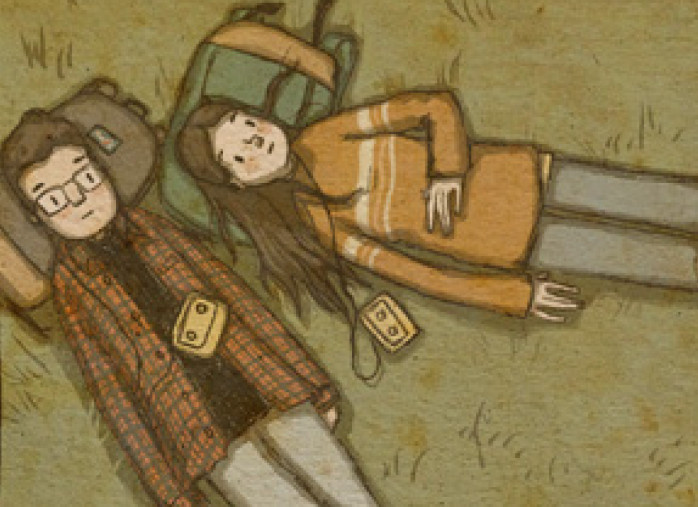
Briana Loewinsohn, who got a lot of praise two years back for her graphic memoir Ephemera, is back with a new book, Raised by Ghosts. It’s a slightly fictionalized look at Briana’s teen years, acting as both a time capsule of late-20th-century teenager culture, and the struggles of being comfortable with oneself that ‘s almost synonymous with the word “teenager.” This week an interview with Briana about her new book, and then Tim and Jason review it.
Brought to you by:
Podcast: Play in new window | Download
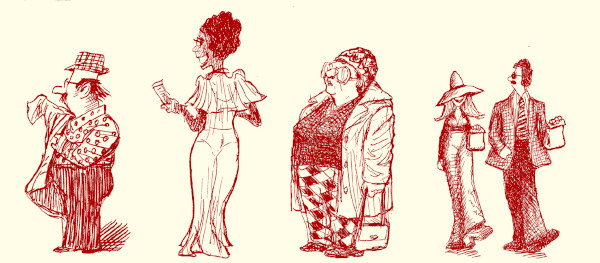
If you read New York’s Village Voice newspaper between 1974 and 1995, you are probably familiar with Stan Mack‘s Real Life Funnies. If not, hold on to your hat! A forthcoming book from Fantagraphics collects many of the strips, all ripped from real life, and taking full advantage of the Voice‘s lack of content guardrails. In this episode, Tim gets the scoop from Mack about what went into making the strip, and into choosing the strips for the book. But first, friend of the show and New Yorker cartoonist Joe Dator, a native New Yorker who read the strip in the Voice, and experienced first-hand some of the events it covers, sets the context for understanding what the strip is and how it encapsulates a time in the city’s history that’s gone forever.
See the book on Fantagraphics’ site
Brought to you by:
Podcast: Play in new window | Download
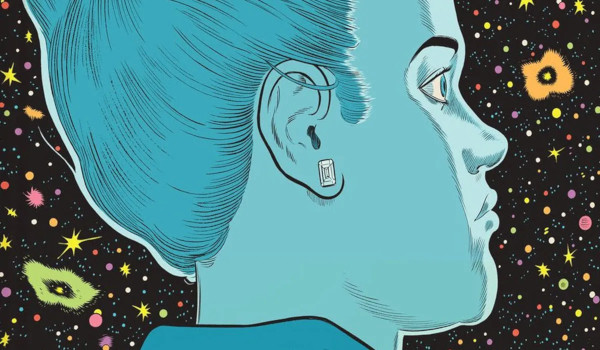
Brought to you by:
Podcast: Play in new window | Download
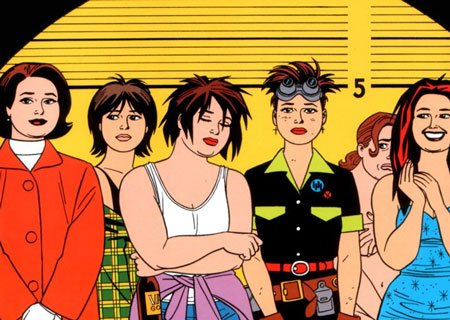
FLASHBACK! Love and Rockets continues to impress, and in this episode Koom asks creator Jaime Hernandez some burning questions. Hernandez talks about writing Maggie and Hopey, the dynamics of working on something with your brother, why he gravitates toward female characters, his influences and art style, and more.
Also, Tim and Mulele discuss the current state of the US comics market and Marvel’s recent problems.
Originally published May 22, 2017.
Brought to you by:
Podcast: Play in new window | Download
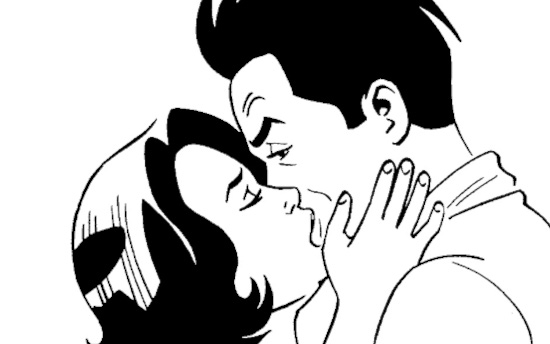
FLASHBACK! Did you think Love & Rockets was over?! Gilbert and Jaime Hernandez continue to release new work about once a year, and in this episode Kumar and Matt sit down and discuss some of it, with particular attention paid to Jaime’s The Love Bunglers. (Spoiler warning!)
Also: the tension between indy creators who want to do single-issue type comics, and the economic realities shoving them toward larger collections…
Originally published March 9, 2015.
Brought to you by:
Podcast: Play in new window | Download
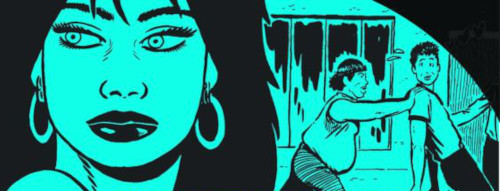
FLASHBACK! In episode #300, we took a look at the sometimes wacky and cartoony Love & Rockets work of Jaime Hernandez. This week, Tim and Kumar are again joined by Tom Spurgeon to look at the somewhat darker, more violent and yet rather hard-to-pin-down work of Gilbert Hernandez in his stories of (or, sometimes merely tangentially related to) the isolated Mexican village of Palomar.
Originally published January 2, 2012
Podcast: Play in new window | Download
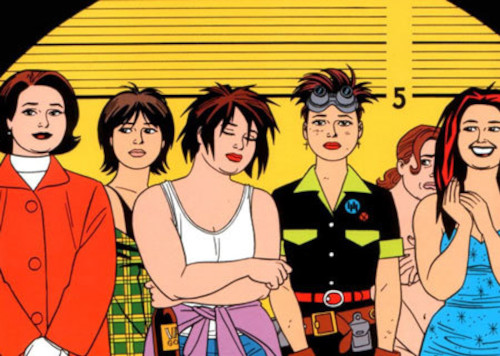
FLASHBACK! The series Love & Rockets, featuring individual works by the Hernandez brothers, started in 1981 as a self-published magazine, but was quickly picked up by Fantagraphics. Over the last 30 years, the brothers’ work has continued to develop & astound. This week Tim and Kumar take a look at the Love & Rockets work of Jaime Hernandez, with special guest (and former Fantagraphics employee) Tom Spurgeon!
Originally published October 24, 2011.
Podcast: Play in new window | Download
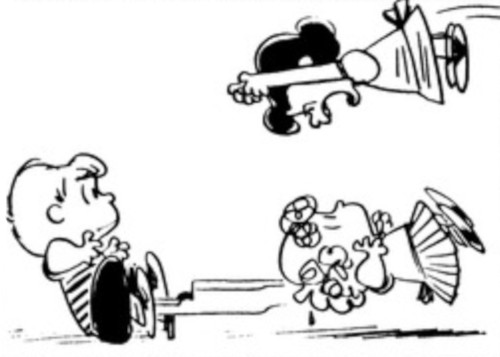
Charles Schulz’s Peanuts is a master class in how to do a comic strip. This week Kumar and Tim are focusing on a five-year period of Schulz’s career, 1957 to 1961, and 25 Sunday strips that demonstrate Schulz’s skill at dialog-free comics. You might want to read the strips before listening; see below!
Brought to you by:
Continue reading #754 “Peanuts”: Schulz’s Silent Sundays 1957-1961
Podcast: Play in new window | Download
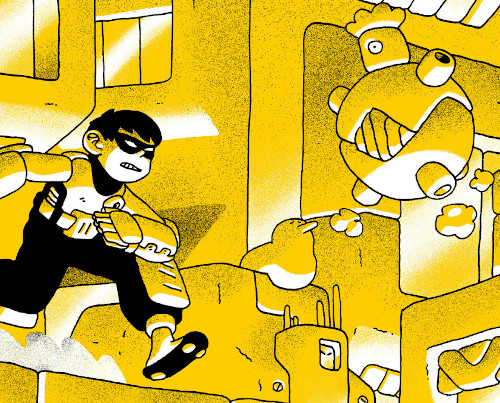
Superheroes are the stuff of kids’ fantasies. Who among us hasn’t fantasized about having powers, putting on a costume and fighting crime? Ben Sears’ graphic novel Young Shadow is a presentation of this fantasy: a costumed kid with no superpowers but excellent fighting skills and a neighborhood network that helps him patrol the streets – because the cops can’t be trusted to do so. Tim is joined by Ryan Cecil Smith to review this fun but potentially controversial all-ages book.
Brought to you by:
Podcast: Play in new window | Download